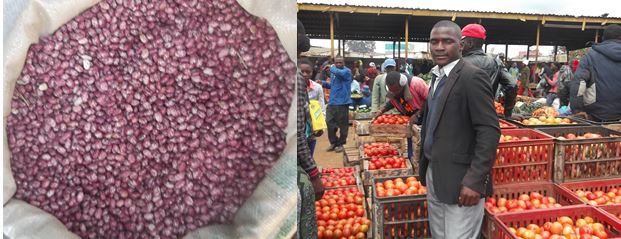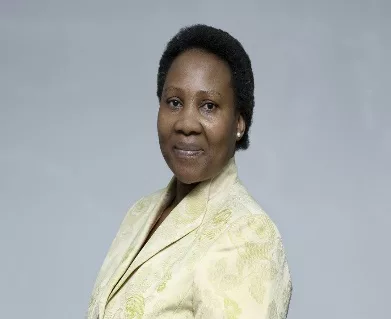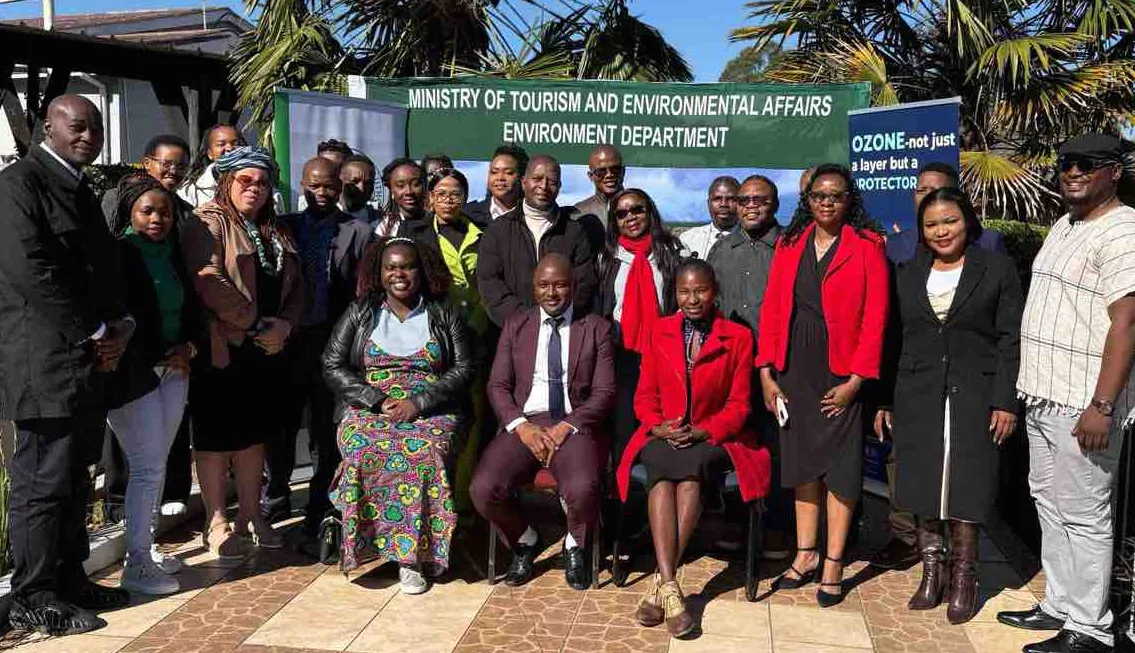By Charles Dhewa
While monoculture is mostly understood as the cultivation of a single crop on a farm, area or country, the other half of its definition is the dominance of a single culture, worldview, mindset, set of tools as well as one way of gathering and sharing knowledge.
Farmers who think success comes from producing one commodity all the time are addicted to monoculture. The same applies to academies who think formal education is the only source of truth. Fortunately, digital technology is not just disrupting monoculture but increasing ways through which knowledge can be generated, shared and made sensible.
There is nothing wrong with farmers and knowledge workers specialising as long as they know who else is specialising. Unfortunately, due to information asymmetry, many African farmers and academics specialise blindly and end up losing potential income and relevance. They are not aware that each market for commodities and knowledge has a dedicated demand for a particular commodity and knowledge asset in terms of how the consumer budget is shared among different commodities. That is why it is important for farmers and traders to know other market players as well as the market’s absorptive capacity.
Knowing the market’s absorptive capacity enables farmers, traders and other actors to determine volumes that can ensure good Return on Investment (ROI) and clearly identify producers who can meet the ROI capacity. Farmers who specialise are usually passionate and have invested their time in producing the best cabbages, potatoes, tomatoes, cattle, milk, apples and other commodities. See-saw production and supply patterns, common in most open markets, is caused by price chasers and band-wagoners who just follow and imitate what the specialising farmers do.
Difference between specialisation and monoculture
Specialisation is where a farmer puts more resources in a commodity in order to produce and supply the market consistently. Other commodities act as a buffer in the event of uncertainties that can face a specialised commodity. The good thing is that for each farmer there is some element of specialisation although the difference is in the degree of specialisation. Critical questions include: To what extent does the producer dedicate resources to one or two crops? Some allocate 75% of their resources to one or two crops. Others dedicate 50% to specialised crops while the other 50% goes to complementary crops.
On the other hand, external factors like climatic conditions often force farmers and communities to specialise – translating to a community perspective on specialisation. In this case, emphasis is not just on skills or knowledge in producing particular commodities or understanding market prices but adaptation of particular commodities to particular areas. This is how one agro-ecological area become known for fruits while another becomes famous for small grains or livestock.
The merits of specialisation and balancing act
Farmers who specialise tend to enjoy economies of scale and are able to capture a greater part of the market share as well as increase their bargaining power. Specialisation is also critical for recognition in the market. Those who specialise create their own niche market that they will serve consistently. It is not viable to be in the market for a short period and out of the market for longer periods. To address this challenge, farmers can specialise on one or two commodities for the purpose of participating in the market regularly and creating a market niche that can sustain their enterprises. However, in trying to balance different agricultural commodities, farmers have to ensure resources put in alternative commodities are enough to revive the specialised commodity by covering gaps like temporary gluts.
Alternative commodities should sustain the production of specialised commodities in the event of temporary gluts and price distortions. Alternative commodities should not be produced in high volumes to the point where if their prices fall on the market, much of the resources to cover them end up coming from specialised commodities. For instance, if you specialise in potato and onion production, you need a plot of cabbage as a fallback position. Any fall in cabbage prices on the market should not result in losses that will eat into a greater percentage of the profit that you should have earned in potato and onion production. Profit from cabbage should be big enough to cover losses that can be incurred by temporary price falls in potatoes and onions.
To maintain presence in the market, farmers should specialise on two or three commodities, definitely not more than four if they are to sustain participation in a dynamic market. Other commodities should support the main commodities that the farmer is known for in the market. The road for specialised commodities should be smooth. It is the role of alternative commodities to build bridges for specialised commodities and smoothen their flow against price fluctuations. This will also enable farmers to maintain presence in the market and generate income from specialisation.
Building a case for specialisation at community level
In developing countries, specialisation should be done at community level as opposed to individual level due different levels of resource endowments at individual household level. For both communities and individuals, the percentage of resources allocated to specialised agricultural commodities can differ since one household may focus on subsistence while the other may want to embrace commercialisation of particular commodities. Farmers with other sources of income like remittances may not prioritize subsistence production but try to go commercial. For a poor family, the greater percentage (90% of $500) of resources can go towards specialised commodities to ensure a strong source of livelihood and food security. On the other hand, those with alternative sources of income can devote 75% of a greater amount of resources (75% of $5000) towards commercialisation of specialised commodities because they want to maintain market participation.
The more farmers produce as a community, the more bargaining power they acquire. Specialization also reveals a community’s knowledge such that gaps and surpluses can be known. After consolidating the knowledge, it becomes possible to arrange it in layers so that beginners can know where to start while experts do not have to waste time delving into what they already know. Without knowledge assessments and layering, development actors end up bringing knowledge that will not be absorbed or used.
At national level, developing countries should coordinate production and all value chain actors to ensure consistent supply and best ROI. Important questions include: What are the substitutes when potatoes flood the market? Which other commodities can be produced in line with available resources? Which are the major drivers of nutrition? Monoculture is very dangerous because farmers do not have anything to lean on in the event of market failure at global and regional levels. That is why many African farmers tend to be tied to unfavourable contracts which are more like debt traps. Most export crops like tobacco have reached their ceiling in terms of absorptive capacity and do not have a local market. If the international market collapses all the advantages are wiped off. In a competitive world, it is important for developing countries to focus on commodities for which they can develop market options.
Specialising on commodities equals specialised knowledge
Specialising on commodities is tantamount to specialising on knowledge. A key advantage of specialising on knowledge is that it translates to high quality of commodities. Jumping from one commodity to another does not guarantee specialisation of knowledge and low quality knowledge leads to low quality commodities.
That is why clearly identifying and characterising actors is very important. Farmers have to know each other and coordinate in order to avoid flooding of commodities. In African informal markets, traders who have been specialising on specific commodities like tomatoes, green pepper and cucumber are known. Others are known for fruits, potatoes, cabbages, sugar beans, poultry, eggs, fish, small grains and many other commodities. In the same vein, farmers should try to be known for two to three commodities that can balance each other or share similarities.
Farmers who try to jump from pearl millet to cabbage end up stretching their knowledge because the two commodities are not closely related. That is why data collection has to be fluid and not wait for crop and livestock assessments that happen once a year. When a specialised commodity collapses on the international market, it leaves a knowledge vacuum and creates expectation challenges. Developing countries should avoid specialising on commodities whose market they do not control, for example coffee, cocoa, cotton, flowers and tobacco. On the minerals side, it is dangerous to specialise on gold or platinum whose prices are set and manipulated in western and global markets.






